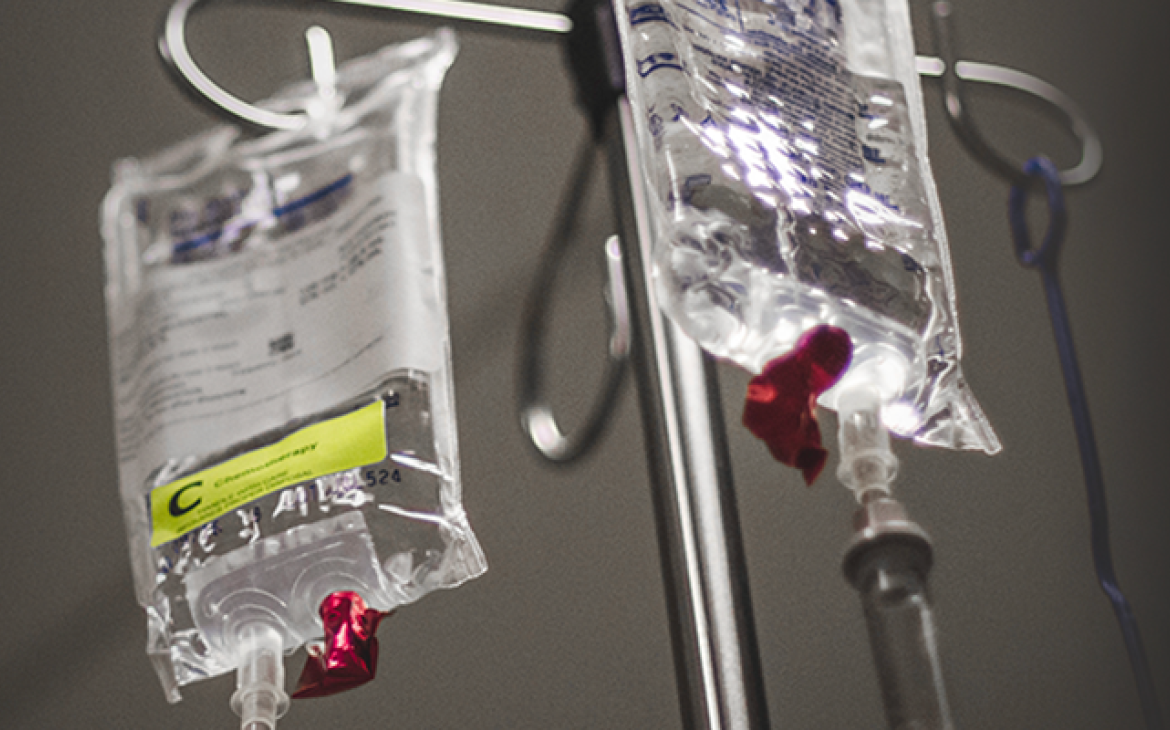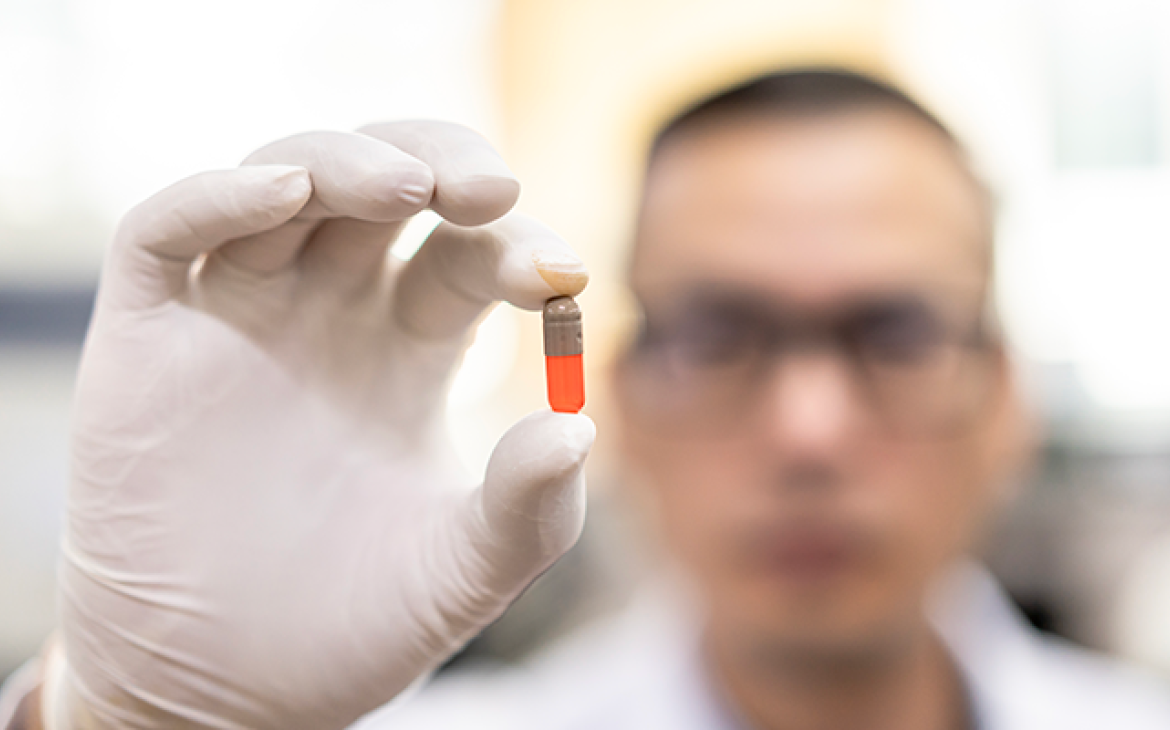
Over the past three years, the COVID-19 pandemic made long-standing medical product supply chain vulnerabilities even more obvious, including the potential for drug shortages and quality concerns. While the U.S. and World Health Organization (WHO) have declared an end to the public health emergency, opportunities remain for regulatory reforms to bolster supplies of quality medicines and prepare for the next pandemic. The topic was the focus of an April 26 panel discussion at the Asia-Pacific Economic Cooperation (APEC) forum’s Medical Product Supply Chain Dialogue, co-hosted by the U.S. FDA and USP in Rockville, Maryland. The panel was titled “Strengthening Supply Chain Integrity Through Regulatory Systems for Pandemic Preparedness & Response.”
The panel, comprising representatives from international regulatory bodies and academic experts, discussed challenges, solutions, and best practices for implementing regulatory reforms for pandemic preparedness. Key concepts in focus included regulatory flexibility, regulatory agility, and continuous improvement. As the pressing needs associated with the height of the COVID-19 pandemic recede in most regions, we can learn from actions taken to date by regulators and other stakeholders to prepare for the next crisis.
Prompt regulatory reviews essential
The pandemic raised awareness that prompt regulatory review of potentially life-saving products during a public health emergency is essential for both saving lives and slowing the spread of disease, though speed typically is not the first priority of strong regulatory systems in more routine scenarios.
“We often said that regulators are a bit like Cinderellas of our health system,” because they are not typically in the spotlight but they “became front and center” when new products “needed to be provided to populations in a much faster, expedited way,” observed panelist John C.W. Lim, executive director of the Duke-National University of Singapore Centre of Regulatory Excellence, chair of the Consortium for Clinical Research & Innovation Singapore, and chair of the USP Asia Pacific Regional Chapter.
Many regulatory authorities moved quickly to use emergency authority to approve new therapeutic treatments and vaccines for COVID-19. For example, the U.S. FDA issued the first emergency use authorization for a COVID-19 vaccine on Dec. 11, 2020, less than a year after WHO declared the coronavirus a global pandemic in March 2020. Chile authorized the product just six days after the U.S. FDA while Brazil followed 18 days after the FDA go-ahead – shorter than in many other major economies.
Panelist Romison Rodrigues Mota, director of the Brazilian Health Regulatory Agency (ANVISA), highlighted ANVISA’s speedy and effective pandemic decision-making during the APEC discussion. Brazil also simplified market authorizations for certain categories of medicines, including anesthetics, sedatives, and neuromuscular blockers.
Regulators have been able to achieve these results, and accelerate product authorization timeframes, in part through rolling submissions and pre-submission meetings with application sponsors, panelists indicated. Real-world evidence was utilized effectively and was truly front-and-center during the pandemic. The practice now should be more entrenched within regulatory systems, panelists suggested.
Regulatory tools such as WHO’s Global Benchmarking Tool helped provide confidence in the consistency of regulatory processes across geographies, facilitating cross-border information exchange and coordination during the pandemic, Lim suggested. The tool represents the primary means by which WHO objectively evaluates regulatory systems for medical products. Though WHO began assessing regulatory systems in 1997, work on the unified tool began in 2014 and it has subsequently incorporated various revisions in response to stakeholder feedback. The ability to leverage regulatory decisions of stringent regulatory authorities across geographies, aided by such tools, likely will continue to contribute to global pandemic preparedness efforts.
Technology aids pandemic response
Regulatory measures adopted to respond to the pandemic helped drive increased development and adoption of new technologies and methods, panel members indicated. These included increased use of virtual inspections by regulatory authorities, Lim noted. In Peru, regulatory measures used to respond to the pandemic included leveraging technology to allow virtual applications for medical product approvals, according to panelist Susan Katherin Zavala Coloma, head of the Biological Products Team of the Pharmaceutical Products Department at Peru’s General Directorate of Medicines, Supplies and Drugs (DIGEMID). During the pandemic, the country also implemented new measures to address potential substandard and falsified medicines, and to surveil against potential illegal trade. Discussion participants expressed ongoing interest in leveraging digital technologies to increase cross-border cooperation.
Transparency bolsters trust
During the pandemic, transparency in regulatory processes and public-facing communications by Chile’s regulatory authority facilitated stakeholder trust, suggested panelist Heriberto Garcia Escorza, director of Chile’s Institute of Public Health. This included communicating relevant information effectively through the organization’s website, and through interactions with international partners. “It’s essential to have the lines of communication in place with the needed folks,” Escorza said. “And with our international partners, that’s been key to us and others being able to respond.” Other panelists echoed the critical connection between transparency and public trust in APEC regions, and the ongoing challenge of maintaining and supporting that trust.
Limited supplies add to challenges
Despite the regulatory agility and flexibility that facilitated emergency use authorizations and availability of products addressing COVID-19 during the pandemic, the extent of global demand and long-standing medicines supply chain vulnerabilities were among factors limiting access to quality products for many, panelists suggested. In fact, uneven global access and regional demand that outstrips supply can create economic incentives for deliberate falsification of medicines. To address the issue during the pandemic, USP produced a suite of resources targeting substandard and falsified vaccines and treatments.
Looking ahead, USP is working to advance standards and other quality-focused solutions to strengthen the global medicines supply chain, increase supplies of quality-assured medicines, and help ensure preparedness for the next pandemic.


